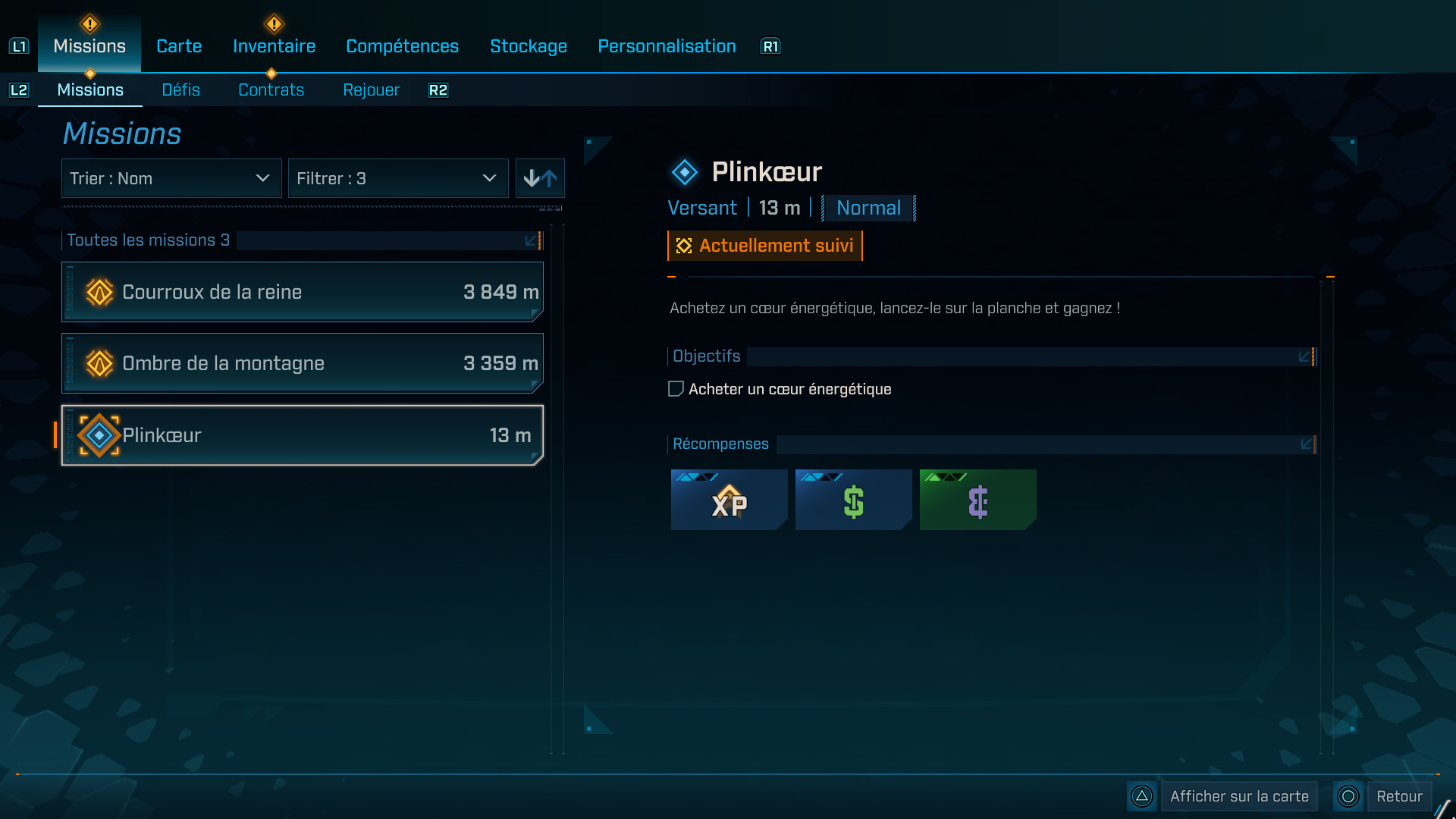Ever tried coaxing life out of dull materials in your projects? It’s like forcing a smile at a bad party. Enter Substrate—a game changer for those tired of the clunky legacy systems. Imagine crafting more flexible materials with advanced layering and blending, all while boosting visual fidelity. Transitioning doesn’t have to feel like jumping into the deep end without a life jacket. Start small: isolate a few legacy materials and convert them one by one. Embrace the node-based system and watch your art come alive. Anyone had success with this? What tips do you swear by for a smooth transition?
#Substrate #CGMaterials #UnrealEngine #GameDev #ArtTips
#Substrate #CGMaterials #UnrealEngine #GameDev #ArtTips
Ever tried coaxing life out of dull materials in your projects? It’s like forcing a smile at a bad party. Enter Substrate—a game changer for those tired of the clunky legacy systems. Imagine crafting more flexible materials with advanced layering and blending, all while boosting visual fidelity. Transitioning doesn’t have to feel like jumping into the deep end without a life jacket. Start small: isolate a few legacy materials and convert them one by one. Embrace the node-based system and watch your art come alive. Anyone had success with this? What tips do you swear by for a smooth transition?
#Substrate #CGMaterials #UnrealEngine #GameDev #ArtTips
0 Comments
·0 Shares






